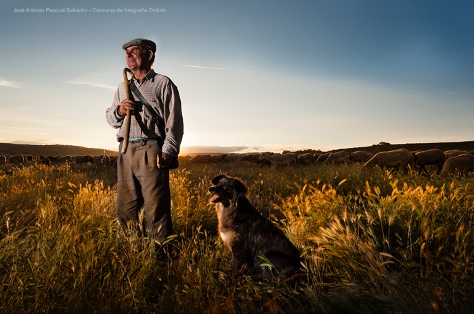While some may think that animal welfare is something relatively new, nothing could be further from the truth. Man’s concern for the health and welfare of animals is at least as old as the practice of animal husbandry itself, dating back to the Neolithic era of primitive man, a whopping 10,000 years ago.
Since the beginning of the relationship between man and livestock, man has provided protection and care for the animals. In fact, it is believed that this protection and care that primitive man provided to animals was one of the aspects that made the domestication of the species possible, since without this condition, animals would not have remained with man when there were no means of containment, such as fences, wire fences or cages.
Today, livestock farming is an essential activity for providing food of high biological value and high nutritional density, a natural source of protein and a series of essential vitamins and minerals. Taking into account feelings and the desire for protection, there is an indisputable axiom: by caring for animals and ensuring that they do not fall ill, we will foster empathy, compassion and human responsibility and with it, our own well-being. That is why, within the personal growth that animals can provide us, it is important to have farmers who care about the welfare of their ruminants and their state of health. In this sense, animal welfare certifications, such as Provacuno, Interovic and JTT, have become an essential tool on farms to establish a protocolized system for monitoring animal welfare and health based on scientific and empirical criteria. A tool that allows continuous monitoring of farm performance based on measurable, quantifiable and traceable parameters when obtaining not only immediate data, but also accumulated historical data, a matter that allows continuous improvement in all aspects: in animal welfare and health
Animal Machines, the book that changed everything.
Although we mentioned that animal welfare has been a concern that has existed and accompanied man since the origin of animal husbandry, it is true that there is a turning point in history that has allowed animal welfare to be based on scientifically based parameters.
We are talking, of course, about Ruth Harrison, who in 1964 published the book
Animal Machines to denounce the conditions of livestock production on certain farms in the United Kingdom at that time. The impact that her publication generated in British society was such that it led Parliament to create the Brambell Committee and, a few months later, in 1965, this Committee postulated the 5 minimum freedoms that all animals should enjoy: to turn around, to take care of oneself, to stand up, to lie down and to stretch one’s limbs.
This postulate was the origin of the subsequent principle of the 5 freedoms formulated by the Farm Animal Welfare Council in 1993, which defines them as follows:
- The animal does not suffer thirst, hunger or malnutrition, because it has access to clean drinking water and is provided with a diet adequate to its needs.
- The animal does not suffer physical or thermal stress, because it is provided with a suitable environment, including shelter from inclement weather and a comfortable, well-drained and clean resting area, with sufficient space to move, lie down and stand up easily.
- The animal is free from pain, injury and disease, thanks to proper prevention and/or prompt diagnosis and treatment.
- The animal is able to exhibit most of its normal behavioral patterns, because it is provided with the necessary space and adequate facilities, and is housed in the company of other individuals of its species.
- The animal does not experience fear, dread or distress, because the necessary conditions are guaranteed to avoid mental suffering. Protected from aggression, mistreatment, dangerous situations or discomfort. No threats or blows.















